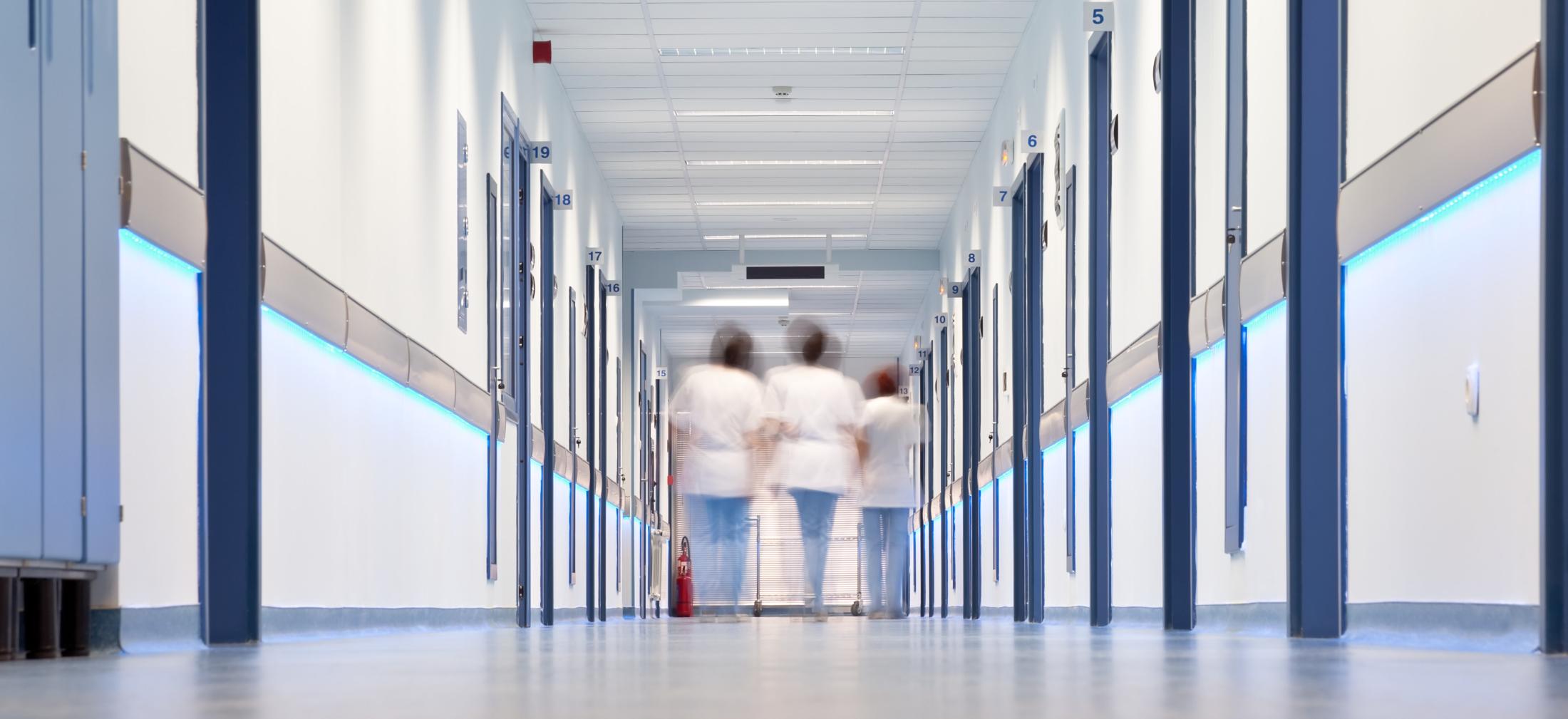
Lighting design projects often include multiple design constraints. For example, a lighting design should meet target light levels, limit glare and provide appropriate color fidelity while not exceeding the power or energy budget defined for the project. For select projects, circadian considerations have recently been added to the design criteria list. Circadian lighting is defined as lighting that influences a non-visual, physiological response within the human body. When circadian design criteria are included, the goal for the lighting system is to provide proper circadian support by stimulating the circadian system only during the day.
Today, circadian lighting design is typically based on delivering specified melanopic irradiance levels to the occupant during the day and remaining below a specified level of melanopic irradiance during the night. To bridge the gap from typical photopic lighting design to circadian lighting design, a useful metric is the “melanopic efficacy of luminous radiation.” For each light source, this metric relates the melanopic irradiance to photopic illuminance and is calculated from its spectral power distribution.
Learn more about the melanopic efficacy of luminous radiation in the May 2019 LD+A Research column.
